Introduction to Protists: Euglena

Carolina LabSheets™ Overview In this lab, students observe Euglena, a protist that combines some characteristics of animals with the plant-like ability to photosynthesize. Traditionally, Euglenas were classified under Domain Eukarya, Kingdom Protista, and Phylum Euglenozoa (sometimes Euglenophyta). However, it is widely recognized that Protista is not a natural grouping. Currently, Euglena is classified in the […]
Introduction to Prokaryotes: Cyanobacteria

CAROLINA LABSHEETS Overview Materials Procedures Quick Links Close Quick Links Open Quick Links Overview Materials Procedures Overview Materials Procedures Overview In this lab students observe two examples of cyanobacteria and make a simple comparison to a eukaryotic green alga. arrow-icon-size3 Download Activity Guide Materials Introductory Bacteria Sets arrow-icon-size3 Shop Cyanobacteria Needed Materials culture of Anabaena […]
Wetting Solution FAQs
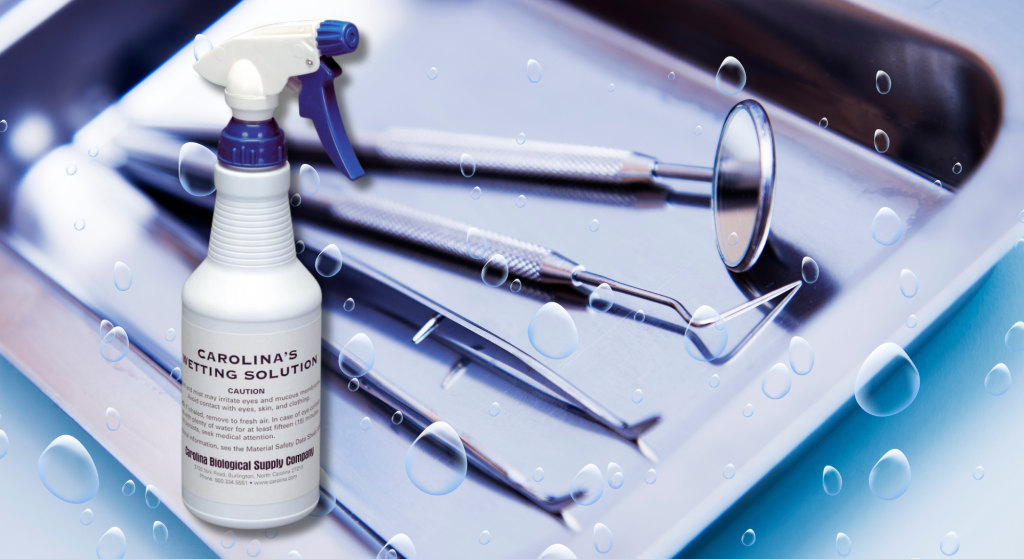
FAQ’s Most frequent questions and answers What is Carolina’s Wetting Solution®? Carolina’s Wetting Solution® is a proprietary fluid that inhibits mold growth, maintains moisture, and keeps tissues pliable and easy to manipulate on preserved specimens. How do I use Carolina’s Wetting Solution®? Spray generously directly on preserved specimens after exposure to air, prior to storage. […]
Biotechnology CTE Buying Guide
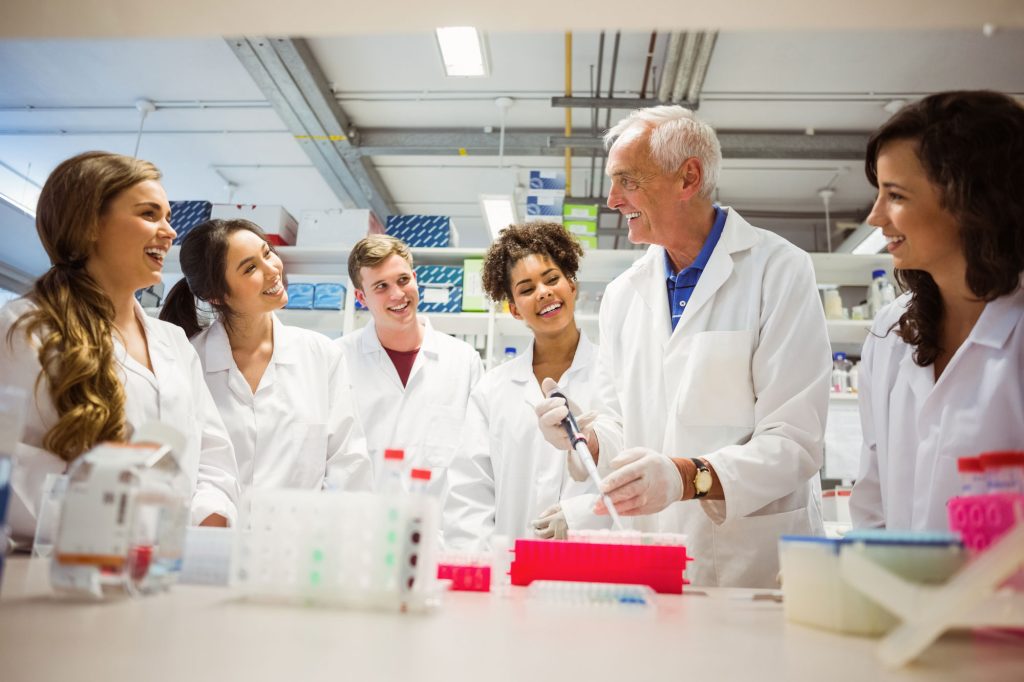
Biotechnology CTE Buying Guide The Science, Technology, Engineering, and Mathematics (STEM) Career Cluster provides CTE students with industry-relevant technical knowledge and career readiness skills for STEM fields. One such career domain, biotechnology, is rapidly expanding into the emerging fields of medical, agricultural, forensics, regulatory, and research increasing the need for students trained and proficient in […]
Health Science Simulators
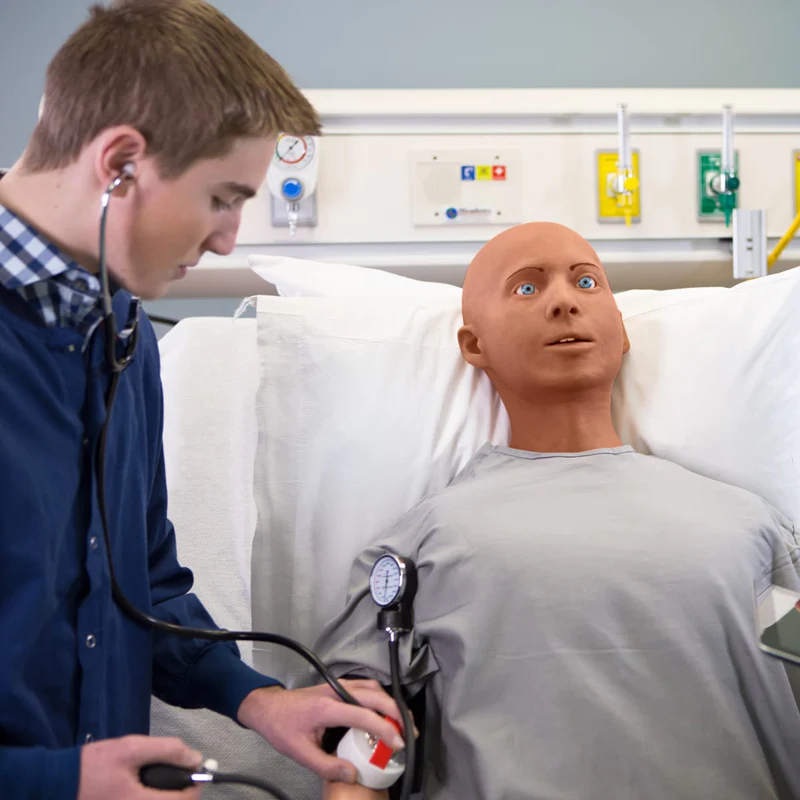
Interactive simulators offer a comprehensive training environment for students and health care professionals. This technology provides realistic scenarios in which users are immersed in lifelike medical situations, allowing them to hone their skills and decision-making abilities in a safe and controlled setting. Our simulators offer an invaluable opportunity to practice procedures, diagnose conditions, and collaborate […]
Carolina: Here to Help with Assistive and Adaptive Technologies for Your Science Classroom

Assistive and adaptive technologies are designed to support students, including those with disabilities, in their educational pursuits. These technologies aim to enhance learning experiences, provide equal opportunities, and foster independence. Assistive and adaptive technologies are particularly important in the science classroom given the hands-on, laboratory component of science classes. Here are a few examples […]
Introduction to Prokaryotes: Bacteria
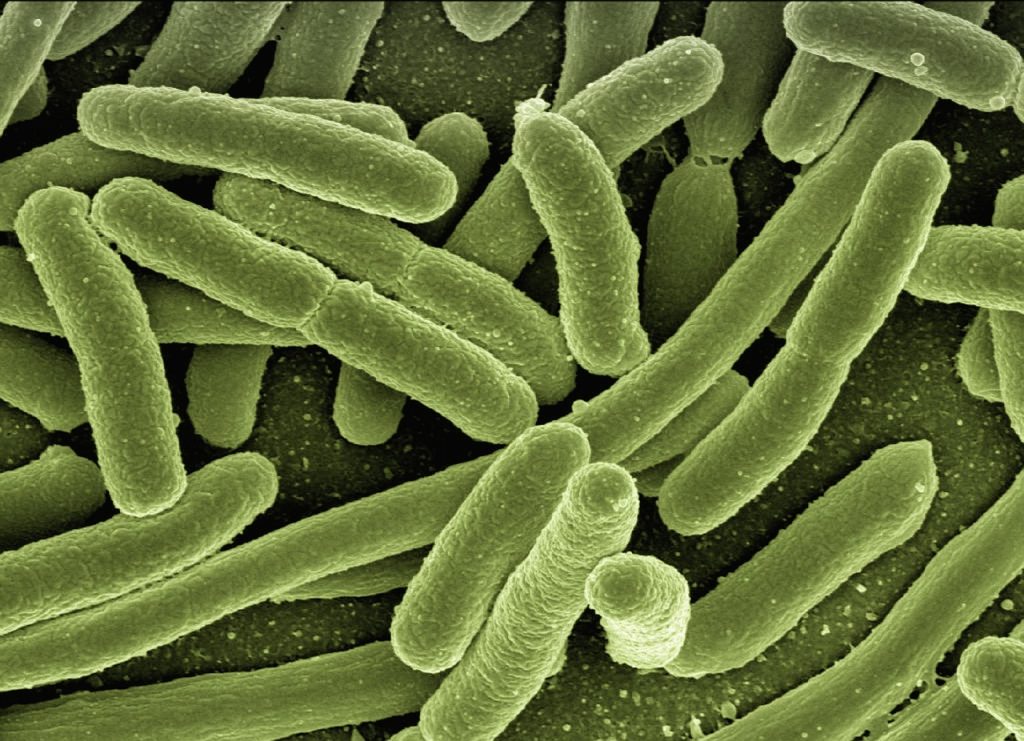
Carolina LabSheets™ Overview In this lab students are introduced to the Domain Bacteria (Eubacteria). They will make smears of bacteria on microscope slides from pure cultures, perform a simple stain, and observe their stained slides under a microscope. The stained slides are best observed at 700–1000× with oil immersion; however, they can be viewed under […]
Sparking Curiosity Using Vernier Science Education ® Sensors
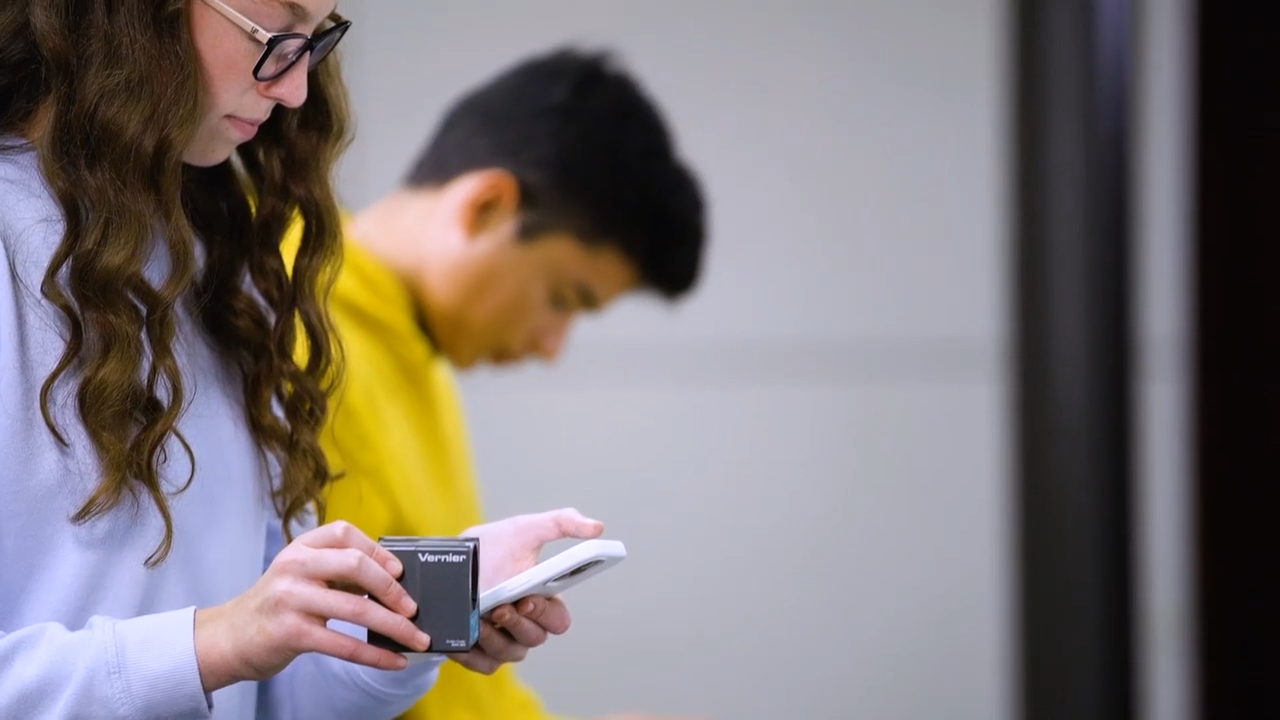
In Booth Demo Interdisciplinary Science 6-12 Middle / High School Inspire your students’ curiosity about the world around them through hands-on activities using Vernier Go Direct® sensors. In the demonstration activities below, use a temperature sensor to gather continuous temperature data during an experiment and a light sensor that measures reflectance and absorbance. Data Collection […]
How to Use a Microscope
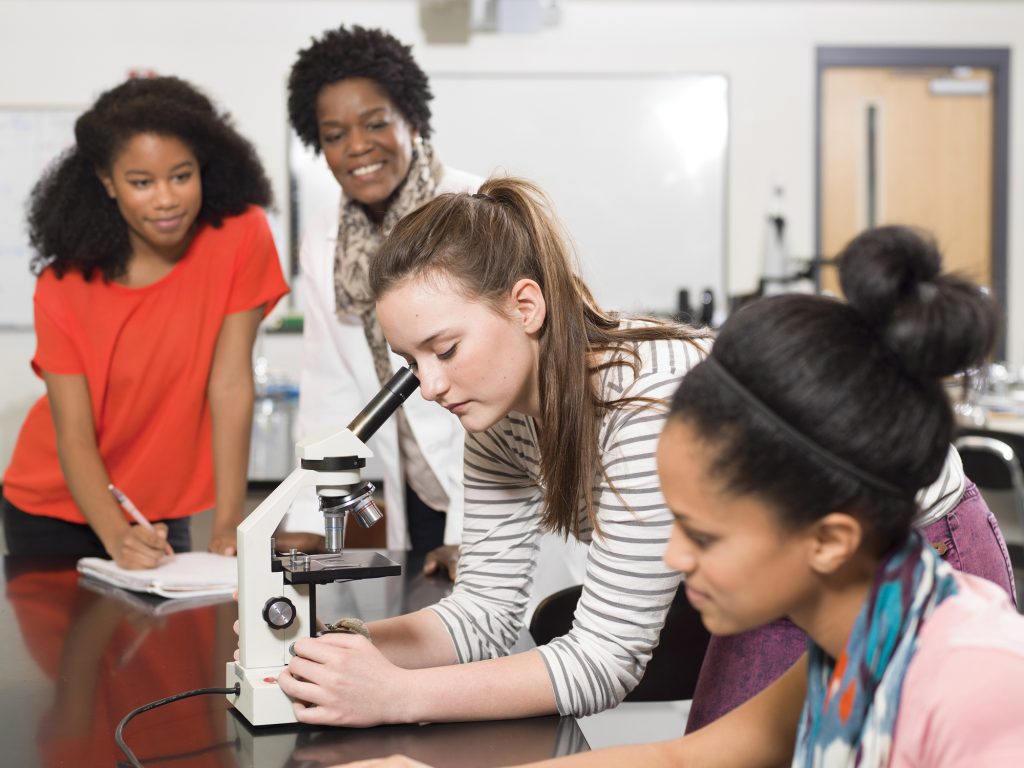
Microscopes grant us the extraordinary ability to closely examine the intricacies of the world. Becoming familiar with their diverse components and functionality enables you to extract maximum value from both your microscope and the overall laboratory experience. Our instructional handout, video demonstration, and poster for classroom support will help you get you started. Instructional Handout […]
Butterwalkers

Every spring Carolina ships thousands of boxes of butterfly larvae all over the country. Most of those larvae become butterflies with no issues, but every once in a while, we get comments like this one: “I order my painted lady butterfly larvae every year from Carolina as part of my 2nd grade teaching curriculum. The […]
